
Sundarban Mangrove Forest: A Realm of Tigers and Tides
Explore the Sundarbans, the world's largest mangrove forest and a UNESCO site, home to the Royal Bengal tiger and unique biodiversity, for an unforgettable wildlife adventure.
The Sundarban Mangrove Forest, a UNESCO World Heritage site, is the world's largest single-block tidal mangrove forest, straddling Bangladesh and India. A realm of unique biodiversity, it's a labyrinth of waterways, mudflats, and islands, home to the elusive Royal Bengal tiger, spotted deer, estuarine crocodiles, and a plethora of bird species. Exploring this pristine wilderness offers an unparalleled experience, immersing visitors in the raw beauty of nature and the delicate balance of its ecosystem. From boat safaris along winding creeks to observing wildlife from watchtowers, the Sundarbans promises an unforgettable adventure for nature enthusiasts and wildlife aficionados alike. Be sure to secure necessary permits and respect the forest's delicate ecosystem during your visit. The best time to visit is during the winter months (November to March) for pleasant weather and optimal wildlife viewing opportunities.
A brief summary to Sundarban Mangrove Forest
- 29HV+FG3, BD
Local tips
- Obtain necessary permits in advance through the Forest Department in Khulna or Mongla, or book a tour package that includes permit arrangements.
- Hire a knowledgeable local guide to enhance your wildlife spotting chances and learn about the forest's ecosystem and local culture.
- Pack light, comfortable clothing, insect repellent, sunscreen, and a hat for protection against the sun and insects.
- Respect the environment by avoiding littering, noise pollution, and disturbing wildlife habitats.
- Carry sufficient drinking water and snacks, as options may be limited within the forest.
Getting There
-
Boat
The Sundarbans are primarily accessed by boat from either Khulna or Mongla. From Khulna or Mongla, hire a boat or join a tour. Numerous tour operators offer packages, including transportation, accommodation, permits, and guides. The journey from either city to the forest's edge takes approximately 2-3 hours. Boat rental costs vary depending on size and duration, ranging from BDT 2,000 to BDT 10,000 per day. Tour packages typically range from BDT 5,000 to BDT 20,000 per person for a 2-3 day trip, including meals, accommodation, and entry fees. Forest entry fees for foreign tourists are approximately BDT 1,000 per day. A guide is highly recommended and costs around BDT 2,000 per day.
Discover more about Sundarban Mangrove Forest
Iconic landmarks you can’t miss
Sundarban সুন্দরবন National Forest (Bangladesh)
10.6 km
Explore the Sundarban: A mesmerizing journey into the world's largest mangrove forest, home to the Royal Bengal tiger and a unique ecosystem, a UNESCO World Heritage Site.

Dublar Char
33.2 km
Discover Dublar Char: A unique island in the Sundarbans, blending fishing traditions, Hindu festivals, and serene natural beauty for an unforgettable eco-tourism experience.
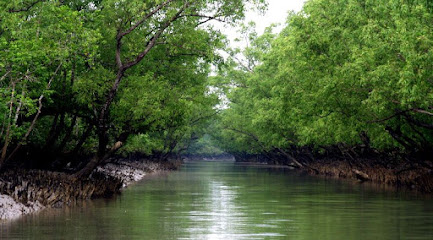
Burirdabri Forest Camp
37.9 km
Experience the tranquility of nature at Burirdabri Forest Camp, a haven for wildlife lovers in West Bengal's lush landscapes.
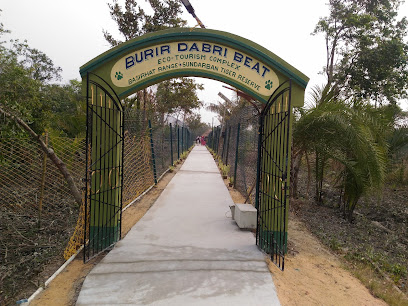
Sundarban
49.4 km
Explore the Sundarban, the world's largest mangrove forest and a UNESCO World Heritage site, home to the Royal Bengal tiger and a unique ecosystem of tidal waterways and diverse wildlife.
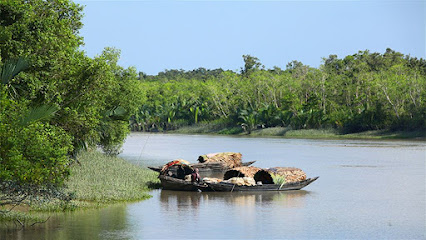
Gol Kanon Eco Resort
50.2 km
Discover the serene beauty of the Sundarbans at Gol Kanon Eco Resort: Experience authentic culture, sustainable tourism, and breathtaking natural landscapes in Bangladesh.
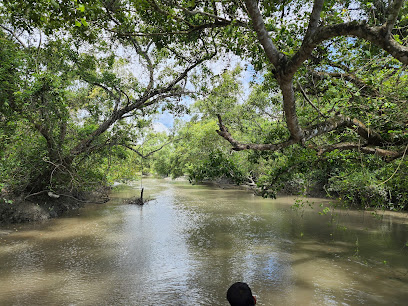
Sundarban Tiger Roar Resort - Resort &Tourism in sundarban
56.5 km
Experience the natural beauty and rich wildlife of the Sundarbans at Sundarban Tiger Roar Resort, where adventure meets tranquility.
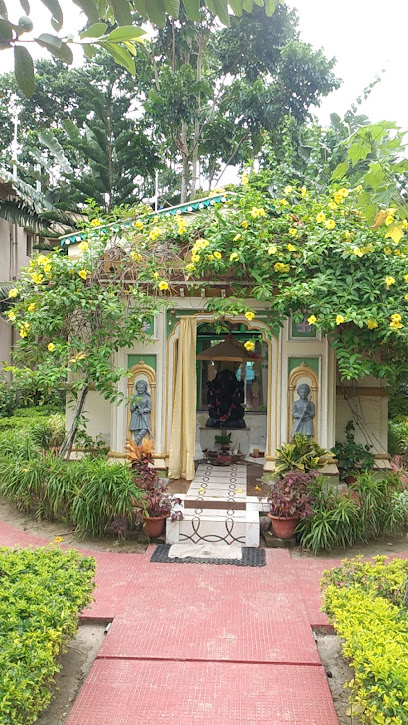
Sunderban Tiger Camp- Wildlife Resort (fully vaccinated staff)
57.4 km
Discover the enchanting Sunderban Tiger Camp Wildlife Resort, where adventure meets relaxation in the heart of nature's paradise.

Sundarban Jungle Mahal Resort
58.4 km
Experience the tranquility of the Sundarbans at Sundarban Jungle Mahal Resort - your gateway to nature's paradise in West Bengal.
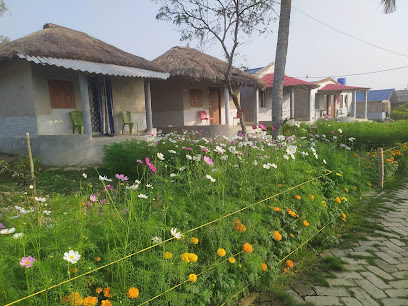
Maity Sundarban Tour
60.0 km
Discover the unparalleled beauty and wildlife of the Sundarbans with Maity Sundarban Tour, where adventure and nature harmoniously blend.
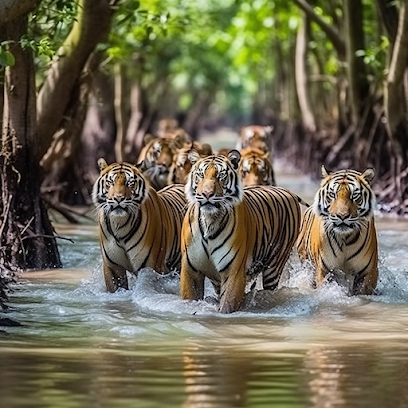
Larica Inn Sundarban
62.7 km
Experience the wild beauty of Sundarban at Larica Inn, your perfect retreat for relaxation and adventure in India's largest mangrove forest.

Batikhali Mondir Mor - বাতিখালি মন্দির মোড়
62.8 km
Discover the historical charm of Batikhali Mondir Mor in Paikgachha, an essential destination for those seeking to explore Bangladesh's rich cultural heritage.

SUNDARBAN BEST TOURISM
63.1 km
Explore the breathtaking Sundarbans with Sundarban Best Tourism - a premier tour operator for nature lovers and adventure seekers.
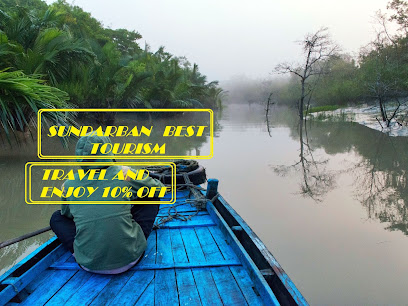
Sunderbans Jungle Camp
65.4 km
Experience the breathtaking beauty of the Sundarbans at Sunderbans Jungle Camp, where luxury meets nature in a stunning eco-friendly resort.

Dobanki Watch Tower
65.9 km
Discover the serene beauty of Dobanki Watch Tower, a premier bird watching destination in the heart of Sunderbans, West Bengal.
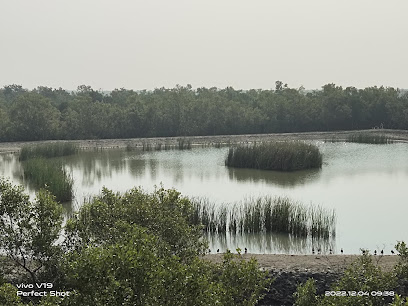
শুভ সন্ধ্যা সমুদ্র সৈকত
66.0 km
Discover Shuvo Sondha Sea Beach: Where rivers meet the sea, offering tranquil beauty and stunning sunsets in Barguna, Bangladesh.

Unmissable attractions to see
Sundarban Mangrove Forest - Bangladesh
3.6 km
Explore the Sundarbans, the world's largest mangrove forest and a UNESCO site, home to the Royal Bengal tiger and unique biodiversity.
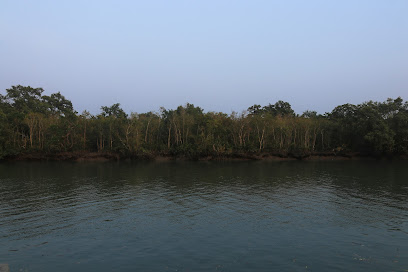
Sundarban National Park, Bangladesh
6.4 km
Discover the enchanting Sundarban National Park: a UNESCO site, mangrove forest, and tiger reserve, offering unique boat safaris and wildlife encounters.

Dobeki Forest Camp
18.8 km
Escape to Dobeki Forest Camp for a tranquil Sundarbans experience, offering wildlife sightings and serene mangrove exploration.
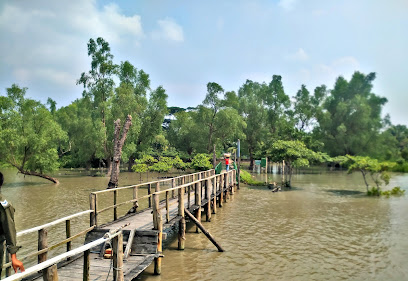
Sundarban National forest
20.3 km
Explore the Sundarban National Forest: A UNESCO World Heritage Site, home to the Royal Bengal tiger and the world's largest mangrove forest.
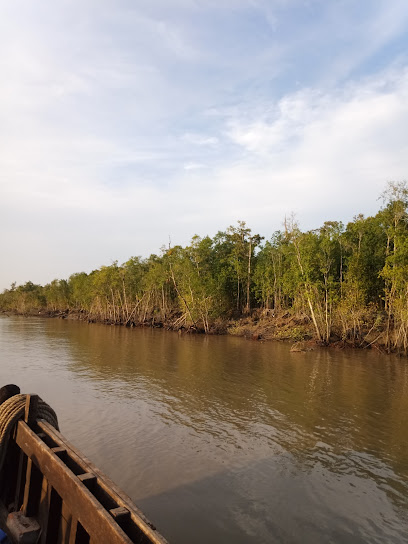
Hiron point trail. Khulna
23.3 km
Discover Hiron Point: A scenic and biodiverse haven in the Sundarbans, offering unparalleled wildlife viewing and natural beauty.
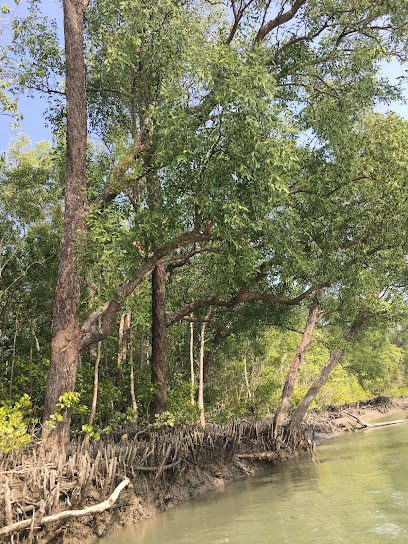
M.V The Crown
23.4 km
Experience the Sundarbans in style and comfort aboard the M.V. The Crown, a luxurious cruise through the world's largest mangrove forest.

Sundarbans
23.4 km
Explore the Sundarbans, the world's largest mangrove forest and home to the Royal Bengal Tiger, a UNESCO World Heritage Site.
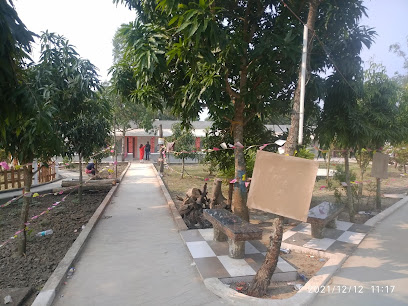
Sundarban/ সুন্দরবন National mangrove Park (Bangladesh)
23.4 km
Explore the Sundarban National Mangrove Park: A UNESCO site, home to the Royal Bengal tiger, and the world's largest mangrove forest.
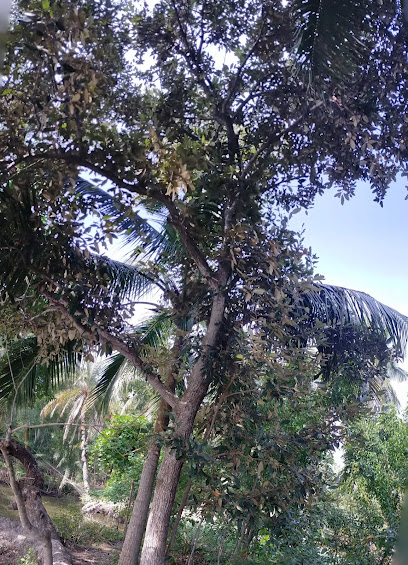
Hiron Point
24.7 km
Explore Hiron Point: A serene gateway to the Sundarbans, offering breathtaking views, rich wildlife, and unforgettable experiences in Bangladesh.
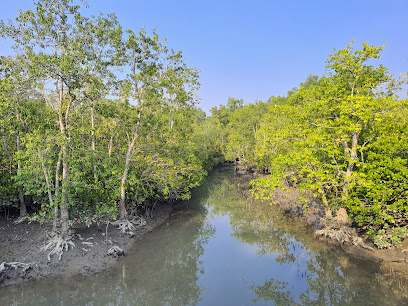
Kalagasia Watch Tower
26.3 km
Observe wildlife from above at the Kalagasia Watch Tower, offering panoramic views of the Sundarbans' unique mangrove ecosystem.
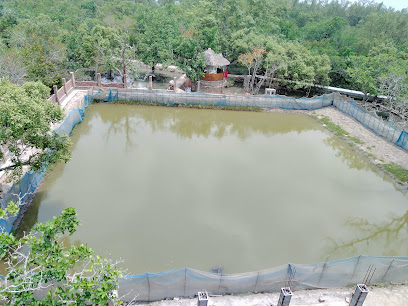
দৃষ্টি নন্দন
26.6 km
Discover the serene beauty of Drishti Nandan in Gabura Union, Bangladesh, showcasing rich culture and natural landscapes near the Sundarbans.
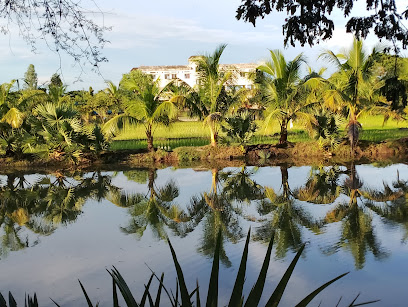
Sundarban Bangladesh Part
32.1 km
Explore the breathtaking Sundarbans in Bangladesh, a UNESCO World Heritage Site renowned for its stunning mangrove forests and diverse wildlife.
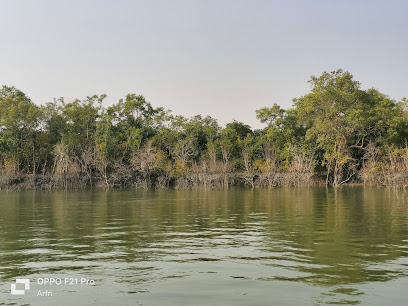
Community Based Tourism, Shyamnagar
32.6 km
Discover the Sundarbans through community-based tourism in Shyamnagar: Immerse yourself in local culture and support sustainable travel.
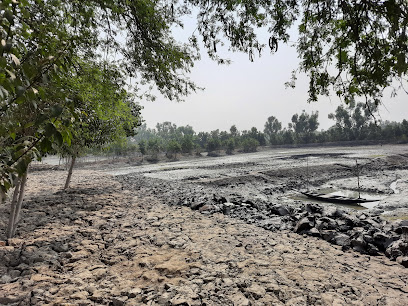
Sundarban Agro & Fish Park
33.7 km
Experience the enchanting Sundarban Agro & Fish Park, where nature, culture, and sustainable farming converge in a captivating Bangladeshi adventure.
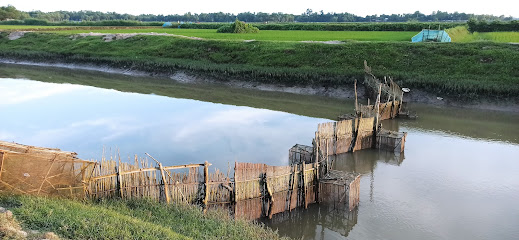
The Sundarbans (Bangladesh)
34.8 km
Explore the Sundarbans, a UNESCO World Heritage site in Bangladesh, home to the majestic Bengal tiger and stunning mangrove landscapes.

Essential places to dine
SuNdArBaN FoOdS
29.2 km
Discover SuNdArBaN FoOdS: A Crab Lover's Paradise Offering Authentic Seafood Delights in Nildumur.

Bonobibi Forest Resort Sundarban
49.1 km
Experience tranquility at Bonobibi Forest Resort Sundarban - where nature meets comfort amidst breathtaking landscapes.
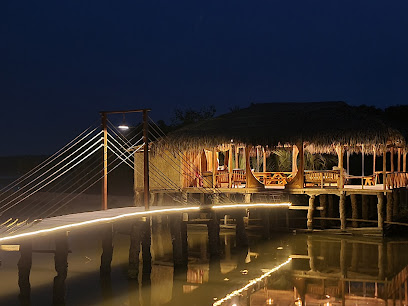
Mangrove Haven Resort
51.9 km
Experience tranquility and adventure at Mangrove Haven Resort in Kailashganj, where luxury meets nature amidst stunning mangroves.
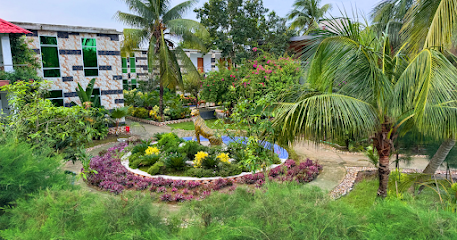
সুন্দরবন হোটেল এন্ড রেস্টুরেন্ট ট্যুরিস্ট স্পট
53.8 km
Experience family-friendly hospitality at Sundarbans Hotel and Restaurant while exploring the enchanting beauty of Bangladesh's Sundarbans.

Sundarban Residency
53.8 km
Experience tranquility at Sundarban Residency - your gateway to exploring West Bengal's stunning natural beauty and rich wildlife.
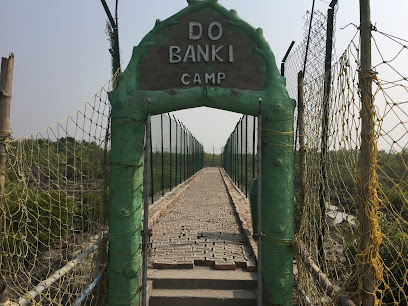
Banani Resort
58.1 km
Discover tranquility at Banani Resort - your perfect retreat in West Bengal with exceptional service and scenic surroundings.

Royal Bengal Resort - Sundarban
58.6 km
Discover tranquility and wildlife at Royal Bengal Resort - Sundarban, your gateway to nature's wonders.

Sundarban Solitary Nook - Best Resort & Hotel
58.7 km
Discover unparalleled tranquility at Sundarban Solitary Nook – your perfect retreat in the enchanting Sundarbans.

SPOT ON 43674 Apanjan Hotel
60.0 km
Experience comfort and nature's beauty at SPOT ON 43674 Apanjan Hotel in West Bengal's stunning Sundarbans region.

Hotel Sonar Bangla - Sundarban
60.9 km
Experience serene luxury amidst nature at Hotel Sonar Bangla - your gateway to exploring Sundarban's wonders.
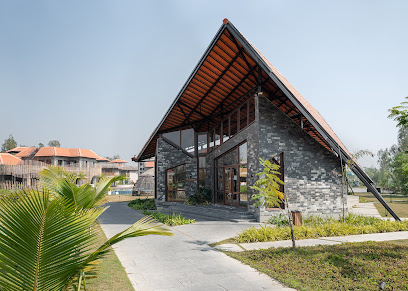
Nishan Crab Culture
61.7 km
Indulge in authentic crab dishes at Nishan Crab Culture, where fresh flavors meet traditional Bangladeshi cuisine.

Jhore Jole Jongole - Eco Heritage Resort, Jharkhali, Sunderban
72.7 km
Discover tranquility and adventure at Jhore Jole Jongole - Eco Heritage Resort in Sundarbans, where nature meets comfort in perfect harmony.

ROYAL SUNDARBAN WILD RESORT
72.9 km
Experience nature's beauty at Royal Sundarban Wild Resort - your gateway to adventure in India's largest mangrove forest.

Muslim Hotel and mistanno vandar
77.8 km
Discover the rich flavors of Bangladesh at Muslim Hotel and Mistanno Vandar in Kuakata - where authentic cuisine meets warm hospitality.

Kuakata Food Court
78.2 km
Discover delicious barbecue delights at Kuakata Food Court near stunning Kuakata Beach – a perfect blend of flavor and scenic beauty.
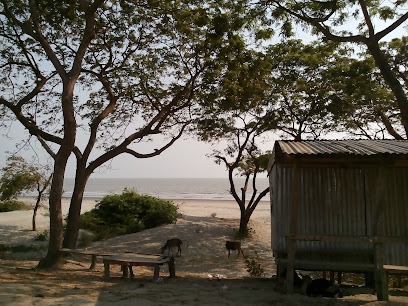
Markets, malls and hidden boutiques
Sundarban Medical Hal
23.4 km
Discover wellness and beauty at Sundarban Medical Hal, where health meets nature in an enchanting setting.

Purbo dur gabati
31.4 km
Explore Purbo Dur Gabati for unique gifts and handcrafted treasures that showcase the rich culture and artistry of Bangladesh.

Sotota mudi vaender
31.9 km
Explore the rich culture and craftsmanship at Sotota Mudi Vaender, a charming store in Bangladesh offering unique local goods.

Sondorbon Shop
33.0 km
Explore Sondorbon Shop in Kobi Abadullah Sorok for unique Bangladeshi gifts and souvenirs that celebrate local craftsmanship and culture.
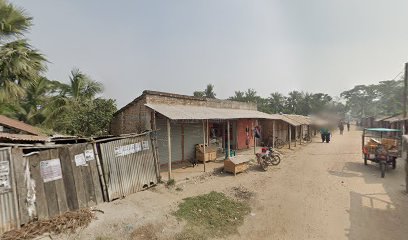
Mahim store
33.4 km
Explore Mahim Store, a vibrant shopping destination in Bangladesh, showcasing local crafts and unique treasures that reflect the region's rich heritage.

Shakib Varieties Store
33.4 km
Experience the vibrant local culture and flavors at Shakib Varieties Store in Kolbari, Bangladesh's charming grocery destination.

Organic Goods
33.6 km
Explore the finest organic grocery store in Bangladesh, where freshness meets sustainability and local flavors come alive.

Mokka Storr
34.1 km
Explore Mokka Storr, Bangladesh's premier cosmetics store, offering a unique blend of international and local beauty products for all your needs.

Salman Store
34.7 km
Explore the local flavors at Salman Store, your go-to grocery destination in Bangladesh for fresh produce and authentic snacks.

Mehedi Store
34.7 km
Explore Mehedi Store for an authentic taste of Bangladesh, featuring local crafts, snacks, and unique souvenirs.

Zubayer Grocery (মল্লু)
36.4 km
Discover the vibrant local culture and flavors at Zubayer Grocery, a must-visit grocery store in Ramjannagar for authentic Bangladeshi products.
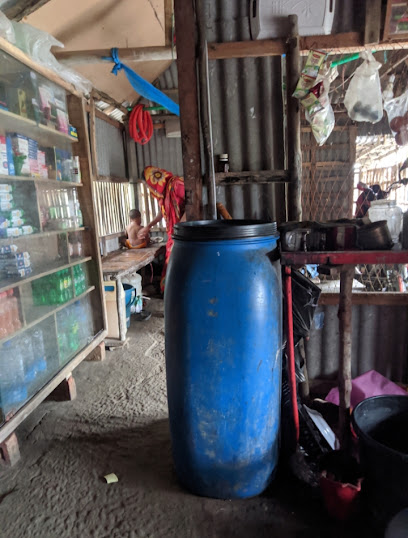
Dino Grocery
36.4 km
Explore the essence of Bangladeshi culture at Dino Grocery, where fresh local produce meets community spirit.
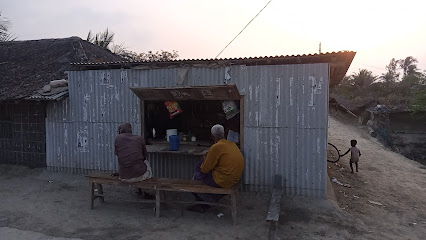
Matango sardar shop
37.6 km
Explore the unique offerings at Matango Sardar Shop, where local craftsmanship meets modern design in a delightful shopping experience.
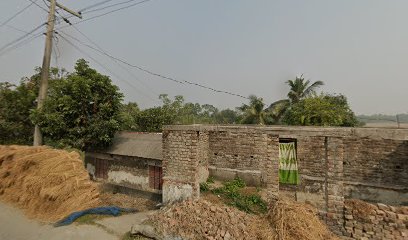
Jeher Ali Grocery
39.0 km
Explore the authentic tastes of Bangladesh at Jeher Ali Grocery, where local flavors and culinary traditions come to life.
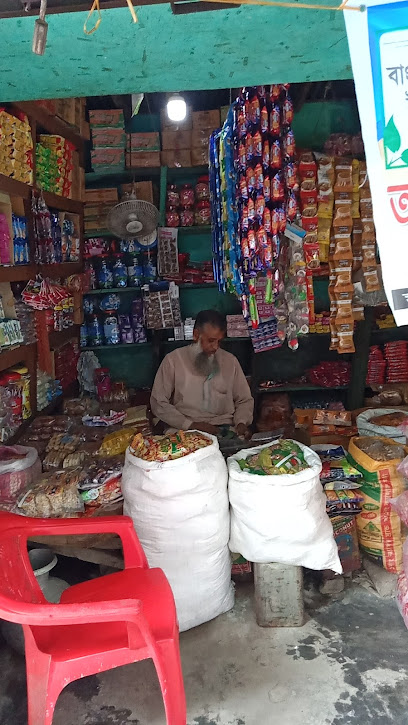
Poultry Shop
39.0 km
Explore the vibrant Poultry Shop, a local gem offering fresh poultry delights and a taste of the region's culinary heritage.
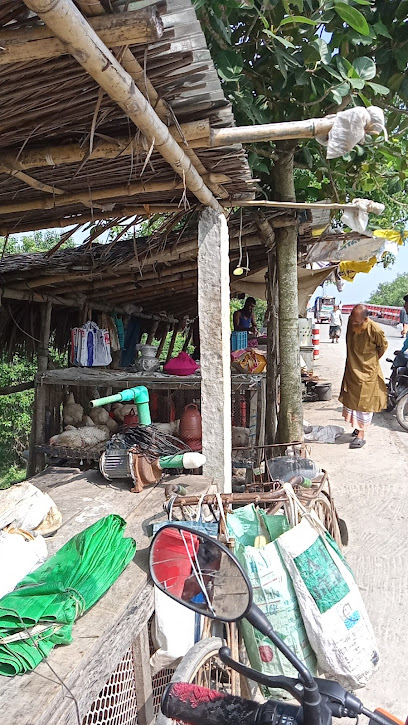
Essential bars & hidden hideouts
Md Razab Ali Moral
33.8 km
Discover the vibrant nightlife at Md Razab Ali Moral, a lively bar in Harinagar, offering local drinks and a welcoming ambiance for tourists.

Jononi Digital Studio
37.1 km
Experience the vibrant culture of Koyra at Jononi Digital Studio, a lively bar offering a wide selection of drinks and a welcoming atmosphere.

gabdu hoise
40.9 km
Discover the lively ambiance and local flavors at Gabdu Hoise, a vibrant bar in Bangladesh perfect for unwinding after exploration.

Habibur
41.4 km
Experience the vibrant nightlife at Habibur, a popular bar in Moth Bari, where locals and tourists gather for great drinks and lively entertainment.

মাহিম ষ্টোর
43.5 km
Discover the spirit of Bangladesh at মাহিম ষ্টোর, a vibrant bar offering unique local drinks and a lively atmosphere for travelers.

SABBIR Tower
44.3 km
Experience the vibrant atmosphere and diverse drink selection at SABBIR Tower, a must-visit bar in Bangladesh for every traveler.
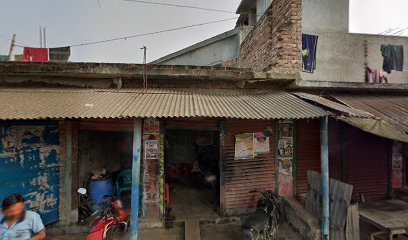
Valo bashi
45.2 km
Experience the vibrant nightlife of Shyamnagar at Valo Bashi, a lively bar offering a delightful mix of local and international drinks.

Mask Onn Restaurant Cum Bar
53.5 km
Discover a vibrant culinary experience at Mask Onn Restaurant Cum Bar, where traditional flavors meet modern dining in the heart of West Bengal.

Mukesh Home
53.5 km
Discover the lively vibe and local flavors at Mukesh Home, a top bar destination in Nurpur Amirpur for tourists seeking a vibrant nightlife experience.

My Home
56.5 km
Experience the vibrant nightlife of Sharankhola at this charming bar, offering local flavors and a welcoming atmosphere perfect for tourists.

Ayskurone Shop
58.0 km
Discover the vibrant ambiance and exquisite drinks at Ayskurone Shop, a must-visit bar in Bangladesh for travelers seeking local flavors.
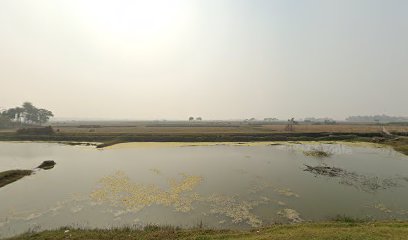
AKASH RESTAURANT& CUM BAR
59.6 km
Experience the delightful blend of local and international flavors at Akash Restaurant & Bar in Ketarchak, West Bengal.

Crocodila
60.9 km
Discover the vibrant nightlife at Crocodila, a must-visit bar in Dulki, West Bengal, perfect for tourists seeking fun and relaxation.

DURGAPADA (R.C.B) F.L OFF SHOP
64.0 km
Experience the vibrant local culture at Durgapada (R.C.B) F.L Off Shop, a charming bar in Daudpur, West Bengal.
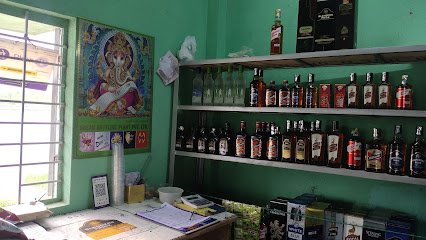
Royal Island Bar Cum Restaurant
64.7 km
Experience the essence of West Bengal's charm at Royal Island Bar Cum Restaurant, where local flavors meet a serene ambiance.




